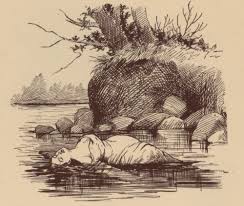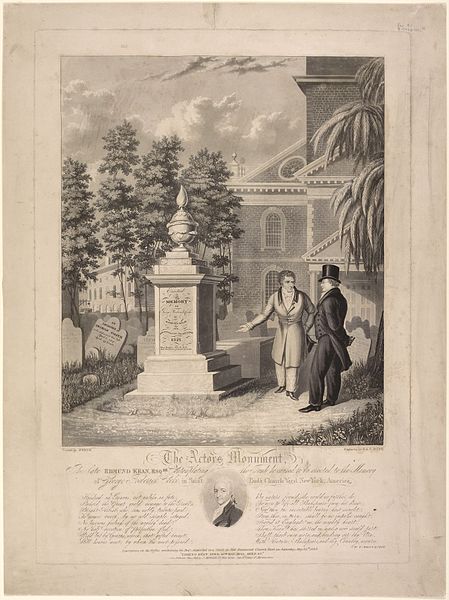As this is October 31st, my very favorite day of the year, I would like to share with you the story of the two ghostly lodgers of West 14th Street.
The neighborhood around Union Square had been a fashionable one in decades passed. Filled with upscale retail shops, fancy townhouses, easily accessible to Fifth Avenue + quite an enviable address. By the 1880’s it had lost some of its luster. Those same townhouses were converted to apartments + a number of boarding houses had shown up along the way.
This story is set in just one of those boarding houses. It sat at 131 W. 14th Street between 6th + 7th Avenues. (Right next to the YMCA–today, there’s a vacuum cleaner shop in the bottom of it.) The photos are at different angles, but this is a 1922 picture of the building at 131.) Back in 1881, the building was owned + operated by a Mrs. Carr, landlady extraordinaire.
Word on the block was that Mrs. Carr had trouble hanging on to her staff for very long. They had run screaming from the house on more than one occasion. Rumors spread that the house was haunted. At first, the ghosts seemed to appear only to the staff. Two ghosts to be exact. The first, a very pretty blonde woman who liked to do her hair in any number of mirrors around the house–including the occasional unsuspecting boarder’s room. She was always quiet, neat + tidy. All good qualities in any neighbor. When The New York Times got hold of the haunting in June of 1881, they had this to say of her, “The peculiar duty of the female ghost seems to be to arrange her hair…she does this in a way with which no one need find any fault…moreover, she furnishes her own combs, pins, brushes [etc. She] makes no unnecessary noise. There is really no reason why anyone should find her conduct offensive.”
The male ghost on the other hand, was very aggressive–his behavior owing to the loss of some boarders’ marbles + a few of the servants’ jobs. Who can blame them? His ghost was about six feet tall. He had large, pitch black eyes. He had a habit of quietly walking into boarders’ rooms + standing over their beds in the wee hours of the morning, willing them awake with his intense, terrifying stare. A poor chamber maid was awakened one evening by a cold breeze. She looked up from her pillow to see the tall man with his back turned to her. As she looked at him, he slowly turned toward her, his hand covering his face. She promptly fainted. When she awoke, he was still in the room, lurking in the corner. She fainted again from fright. Finally, when she awoke a third time, he stood at full height and slowly, eerily, shrank in size before her eyes, until he was no more than a spot on the floor. Then he disappeared entirely. That poor woman flew down the stairs from her attic room + out into the street screaming at the top of her lungs. She never returned to W. 14th Street.
Mrs. Carr called the police who checked out the building + found nothing amiss. It was then remembered that the previous owners had two adult children living at home. The daughter’s fiance had died at sea + she sadly drank herself to death. The son downed a vial of hair dye to meet his end. It was then assumed the two spirits must be brother + sister.
After the Summer of 1881, the trail of Mrs. Carr + her two ghostly lodgers went cold.


















